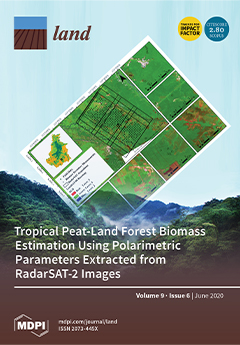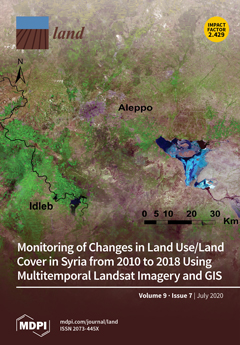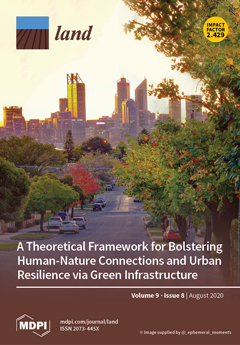Perception of Ecosystem Services in Constituting Multi-Functional Landscapes in Slovakia
Landscape provides many services for human wellbeing through its mosaic of ecosystems. Although different landscape spatial structures limit some access to these services for local residents, their demand for landscape benefits creates a crucial component in landscape planning. Herein, we evaluate the ecosystem service supply from landscape structures in four different areas of Slovakia and we identify the public preferences for these services. This evaluation was assisted by expert-based ecosystem services (ES) matrix assessment and feedback from experts and key local stakeholders.




